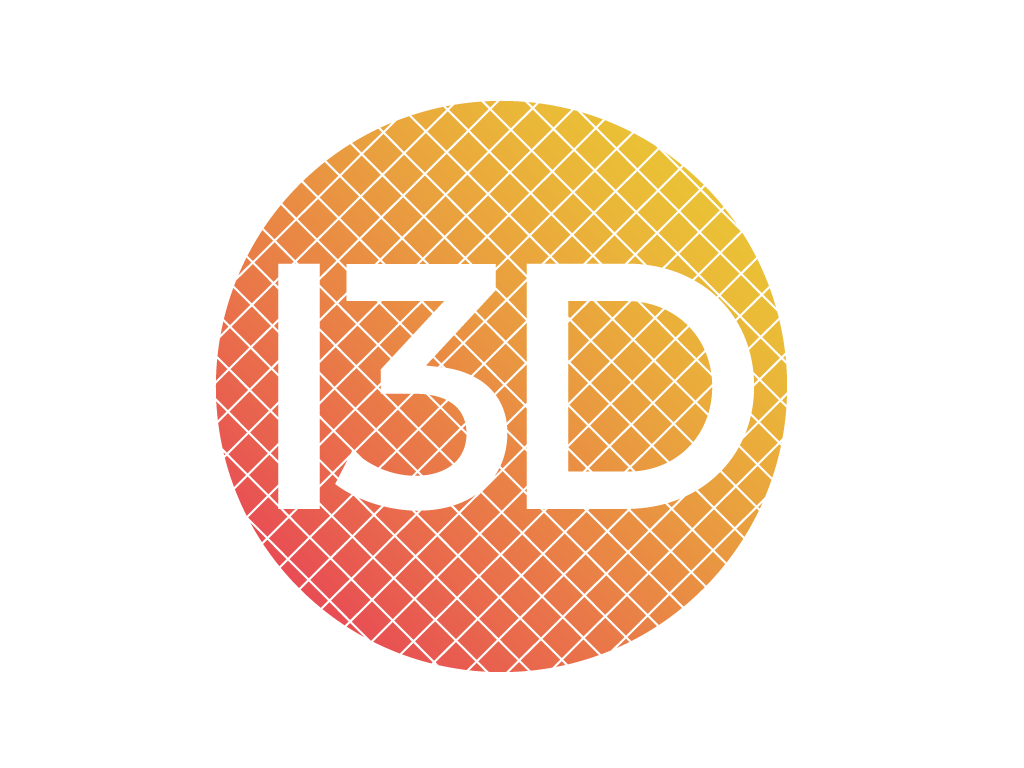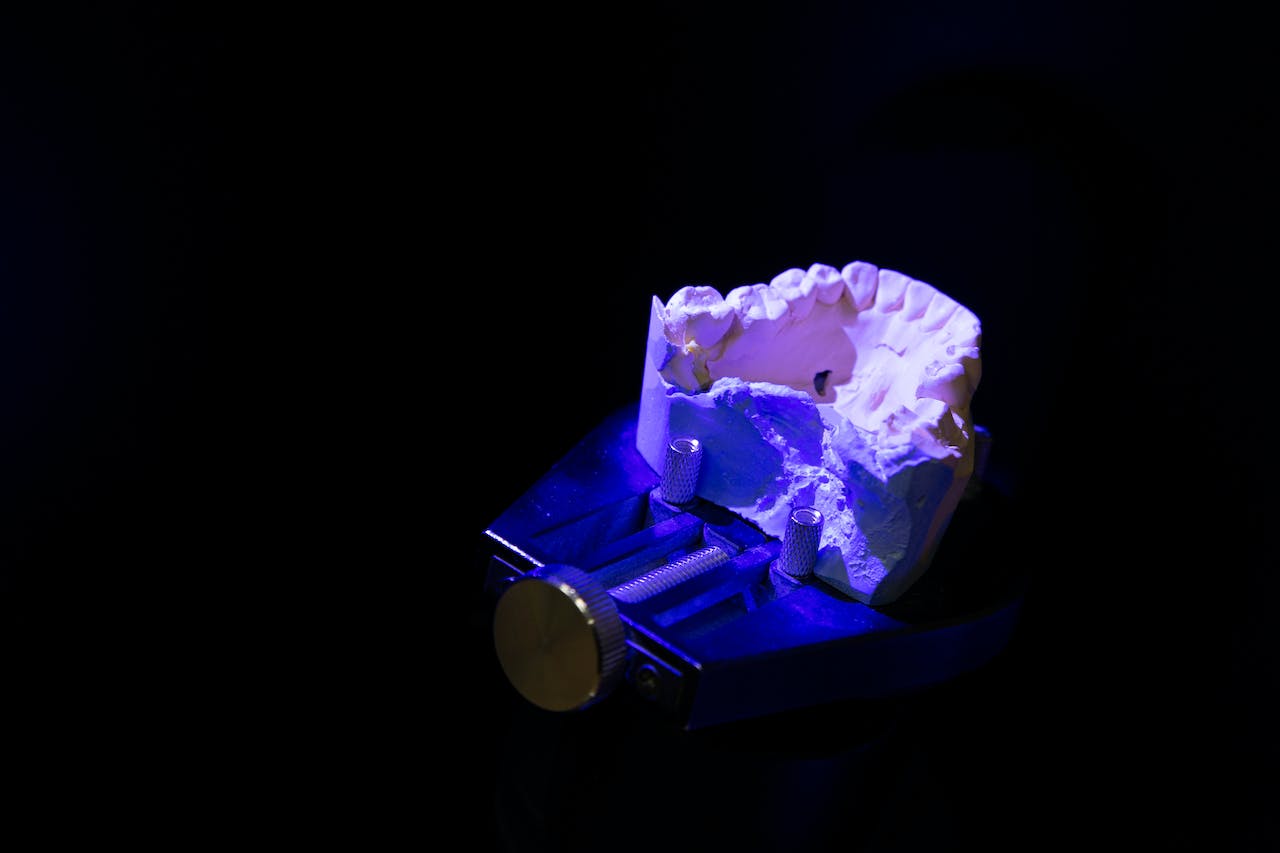Technology brought with it many perks which enhanced our way of living providing faster and immediate interactions which ultimately yield options or resolutions. This is a widely accepted statement, however certain sections are still undervalued or taken for granted, and many believe that the 3D realm is one of those.
Admittedly now, 3D stuff is not everyone`s cup of tea, but rather a specific niche made up of dedicated passionate individuals which have this type of printing at heart, be it as a hobby or side hustle, but it also exists as a full-fledged job.
Printing in 3D has been refined over the years and nowadays we find that it is being utilised also in the health sector, creating valid alternatives via novel ideas. Let`s delve deeper to understand better how printing in 3D could be the ultimate customised resource appealing to particular afflicted patients, also without breaking the bank, thus applying especially to those located in poorer countries.
3D Printing – A Quick Preface
One could imagine that 3D printing is the latest tech feat, on the contrary it has been around for decades, however only in recent years its hardware, software and materials have become more reasonably priced and reachable enough for widespread implementation.
It all starts as a digital design which is fed to the 3D printing machine where the magic happens, producing physical structures layer by layer, enabling it to create even intricate and unconventional shapes which otherwise would be very difficult to reproduce using the traditional manufacturing methods.
Typically, items are printed in small lots while the designs are amended to minimise heft and number of components as well as the fee, creating compact, lightweight and inexpensive medical devices which could also feature internal functions.
This type of technology is assisting various health segments, from dentistry, to orthopaedic, surgical and others.
The Three Categories of 3D Printing
3D printing is also known as Additive Manufacturing, and we find that there are mainly three types which utilise different supplies and procedures for joining layers:
- Selective Laser Sintering (SLS) – a laser is used to draw the object in powder-based materials and to assemble layers of powder as it is added. SLS can be used for metal, ceramic, wax, nylon or complex parts.
- Fused Deposition Modelling (FDM) – this works similarly to an inkjet printer layering melted lines of plastic onto a platform in a rapid process which is also called layered manufacturing. FDM is inexpensive and can use many types of plastic.
- Stereolithography (SLA) – light is used to solidify a layer of photoreactive polymer liquid, then adding layers to create a model. Once solid the item is then lifted out of any excess liquid.
Choosing which method to apply depends on which type of requirements the medical professionals and their patients have.
3D Printing in Healthcare
Healthcare is crucial and should be available to all, but as we know unfortunately not all countries have the same level of access, be it for long distances, lack of infrastructure and professionals or a mix of these.
Furthermore, inequality between advanced and poor countries stands and affects even this sector as research shows that 73.6% of surgical procedures take place in developed nations accounting to 30.2% of the global inhabitants, against 3-5% which are performed in the poorest 34.8%.
3D printing is helping to close the gaps in several ways, providing accessibility to more, reducing untimely deaths and improving quality of life especially in poor regions by:
- Customisability – tailor-made 3D prosthetics can be quickly modified in line with patients` needs which is a game-changer in the sector where speed and versatility are crucial. Moreover, 3D printing leverages complex procedures such as joint replacements and spinal surgeries, enhancing accuracy and precision which boost the chances of success and attain shorter recovery times.
- Affordability – prosthetics, to name one item, can be expensive, but 3D printing has enabled new ways of access in emerging economies, coming in the form of affordable alternatives.
- Accessing Remote Countries – healthcare resources are concentrated mostly in urban territories but 3D printing is bridging this gap by providing portable printers to clinics.
- Improving Health Education – 3D printing provides precise anatomical models of bones/organs which are used in teaching and training in hospitals and classrooms.
- Supporting Local Manufacturing – learning 3D printing can enable locals to be self-sufficient by manufacturing items in-house, which not only reduces costs but also creates jobs and stimulates economic growth.
Challenges
The potential of 3D printing in healthcare is noteworthy especially for emerging economies, however challenges do exist in the form of regulatory issues, quality control and the necessity for standardised designs. Moreover, the upfront cost of 3D printers and materials can represent an obstacle for some healthcare facilities.
In some areas, even the most basic supplies could be expensive while in certain countries the delivery of materials and times from distribution centres can be impractical to implement.
Governments, international organisations and private sector partners must collaborate to fund a 3D printing ecosystem in healthcare, by issuing a clear regulatory framework, while providing training and education, supporting research and development efforts.
In Conclusion
It is always a fascinating experience to watch a 3D machine in action crafting the creator`s idea or blueprint, we are indeed living the future.
Technology`s big leaps of advancement throughout the years have come at an interesting stage where we can assist other humans or even provide a better lifestyle for the less fortunate ones, and that should make us proud. Still, there are areas and goals to reach, while methods and materials are always being tweaked and polished.
As we can appreciate by now, it`s not only the healthcare industry and their clients who are reaping from 3D printing solutions but also patients who now have alternatives, empowerment and options which do come at cheaper price tags. At this point we can surely say that 3D printing has found its place also in the health segment, and that is a phenomenon to behold.





